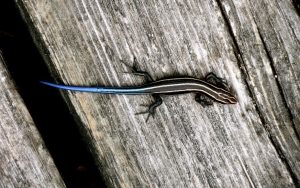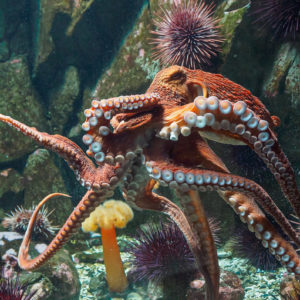3 Unbelievable Reptiles Right Here In Canada
This post was written by guest blogger Sean Feagan.
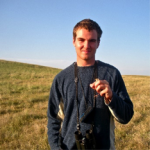
Sean Feagan, Guest Blogger
While Indiana Jones was not a fan of snakes , there is a lot to appreciate about reptiles.
Canada’s reptiles are a varied bunch in terms of their appearance, life history and ecology. The three main groups, snakes, lizards and turtles, all have bony shells, scaly skin and an ectothermic metabolism, which means that unlike us, their body temperature is largely determined by the external environment. While some reptiles lay soft-shelled “leathery” eggs some are viviparous, meaning they give birth to live young ones.
Canada has 49 species of reptiles and the Canadian Herpetological Society has a great overview of each species on its website. Unfortunately, many are either imperiled or vulnerable to decline (33 species are listed on the federal Species at Risk Act with six additional species believed to now be extirpated in Canada). Ontario and British Columbia have the greatest number of species, many of which are endangered. All other Canadian provinces, with the exception of Newfoundland, have reptile populations. While Yukon and Nunavut lack resident reptiles, den sites of red-sided garter snakes have been identified in the Northwest Territories.
So what is threatening our reptile species? Unfortunately, there are numerous and often interacting threats afflicting reptiles in Canada, including habitat loss and fragmentation, road mortality, collection as pets, pollution, invasive species, climate change, disease, and human persecution. These threats have reduced the size and geographical extent of many reptile populations throughout Canada. In fact, the Ontario Turtle Conservation Centre recently announced a state of emergency for Ontario’s turtles where seven out of eight species are at risk due to the number of road collisions this summer.
While all of the reptile species in Canada are interesting and unique in their own ways, here are few of my favourites:
Spiny Softshell Turtle
With a squa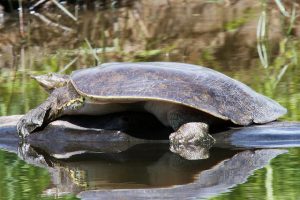 t, smooth shell and an elongated snout, the Spiny Softshell Turtle is, well, weird looking. In Canada, this species exists in southern Quebec and Ontario and is listed under the Species at Risk Act as Threatened. It is found in a variety of freshwater habitats, typically in those with a soft substrate and sparse aquatic vegetation. Unfortunately, this one and other related softshell species have been the victims of poachers who sell them to restaurants. To combat this and other threats, captive breeding and release programs are underway in Quebec and in Ontario.
t, smooth shell and an elongated snout, the Spiny Softshell Turtle is, well, weird looking. In Canada, this species exists in southern Quebec and Ontario and is listed under the Species at Risk Act as Threatened. It is found in a variety of freshwater habitats, typically in those with a soft substrate and sparse aquatic vegetation. Unfortunately, this one and other related softshell species have been the victims of poachers who sell them to restaurants. To combat this and other threats, captive breeding and release programs are underway in Quebec and in Ontario.
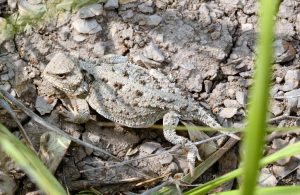
Greater Short-Horned Lizard showing off its camouflage ability at Grasslands National Park (Photo credit: Sean Feagan)
Greater Short-horned Lizard
Among the hoodoos and cacti of the Canadian badlands lives this spiky and diminutive (generally less than 10 cm in length) member of Canada’s limited (five species) lizard assemblage. Two populations of this species exist both in southwest Saskatchewan (in and around Grasslands National Park) and in southeastern Alberta (near Medicine Hat). The species is listed in the Species at Risk Act as Endangered and is threatened primarily by habitat loss and alteration from various activities. Worth noting, it has the “charming” ability to shoot blood from its eyes when threatened.
Five-lined Skink
While many birders travel to Point Pelee National Park to admire migrant songbirds, others may visit the park to see this species. Two populations are recognized in Canada: the Great Lakes / St. Lawrence Population (listed as Special Concern), and the Carolinian Population (listed as Endangered). Younger skinks exhibit interesting colouration with five cream stripes over iridescent green-black bodies and a striking blue tail.

